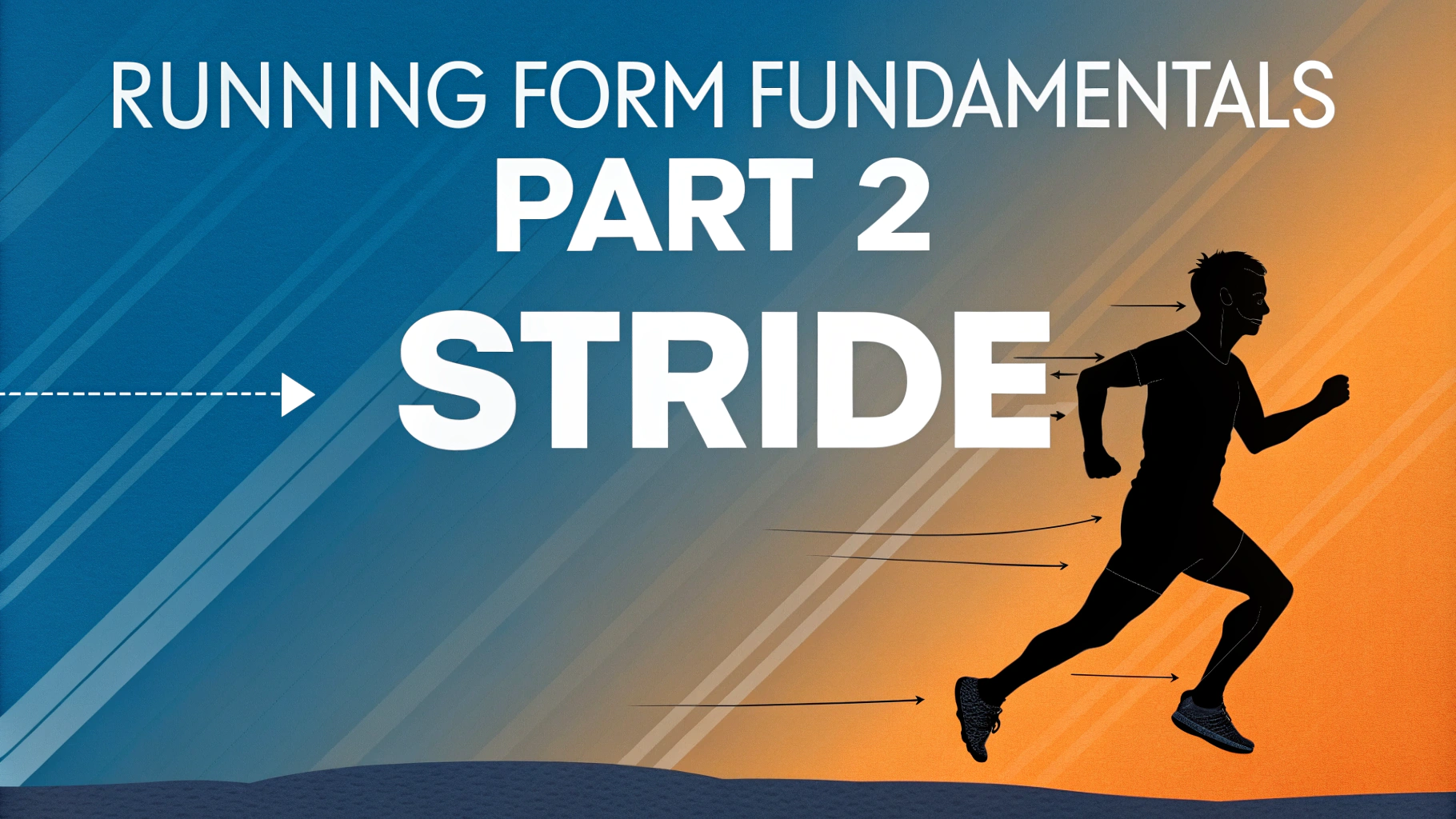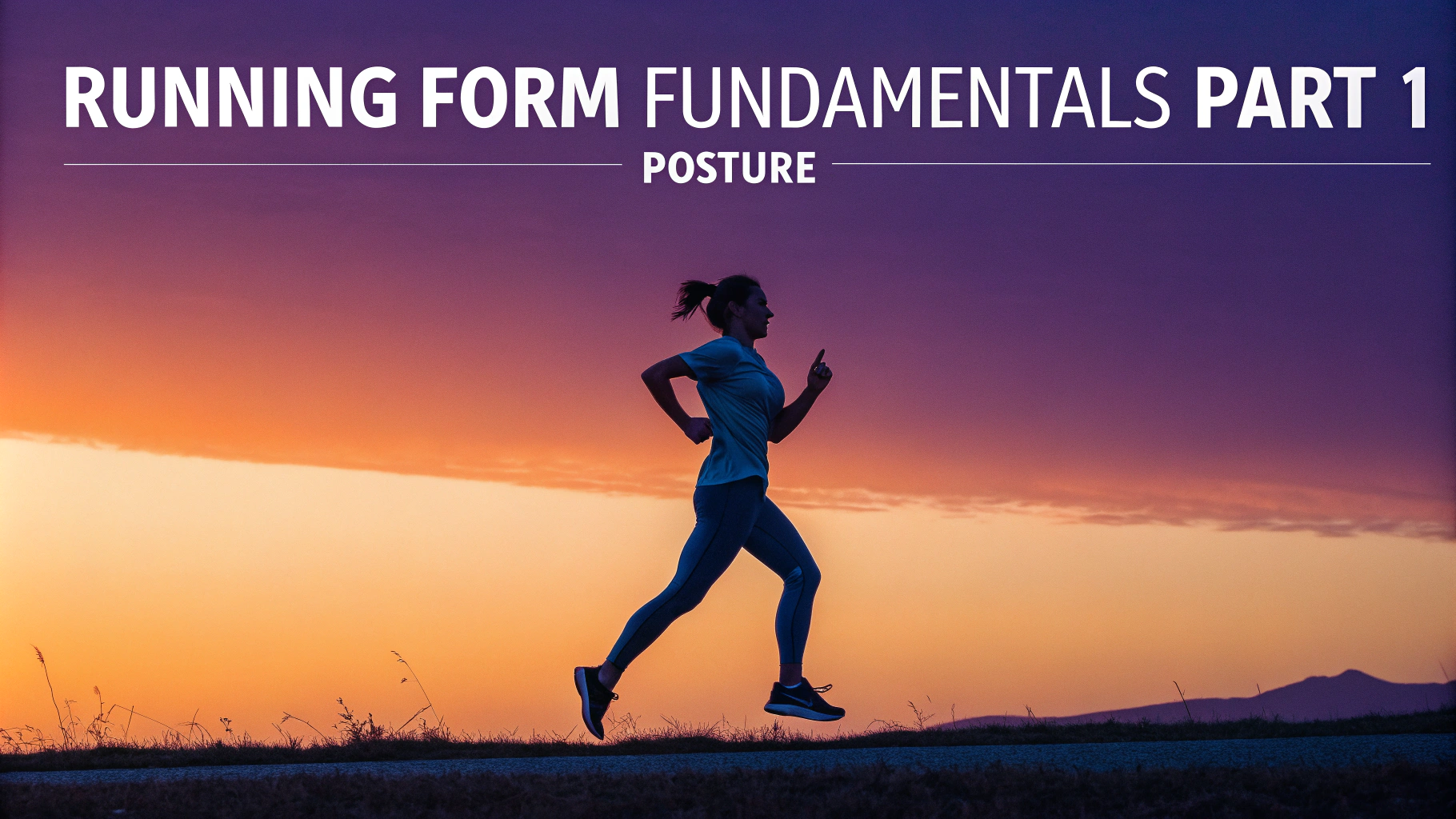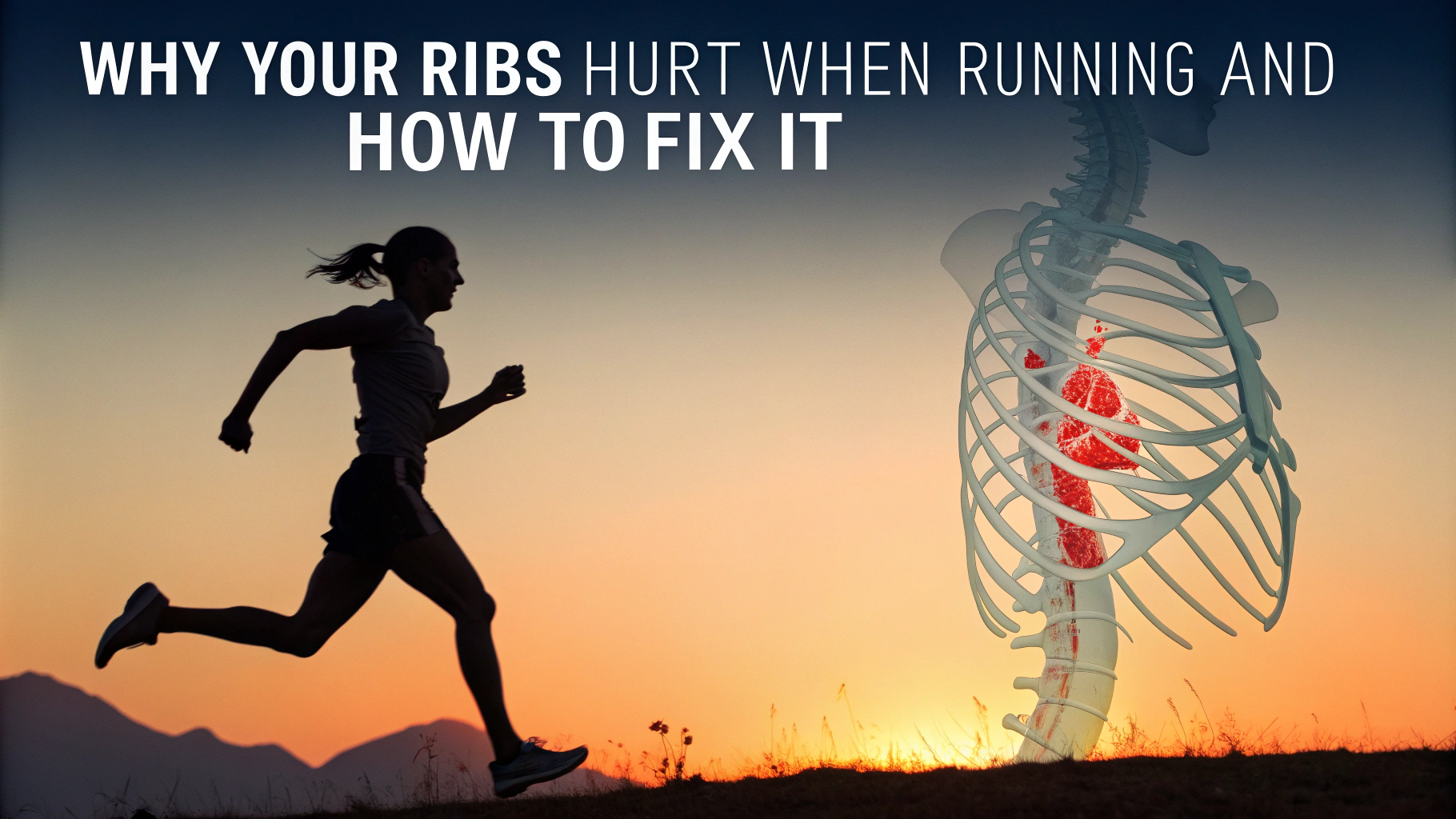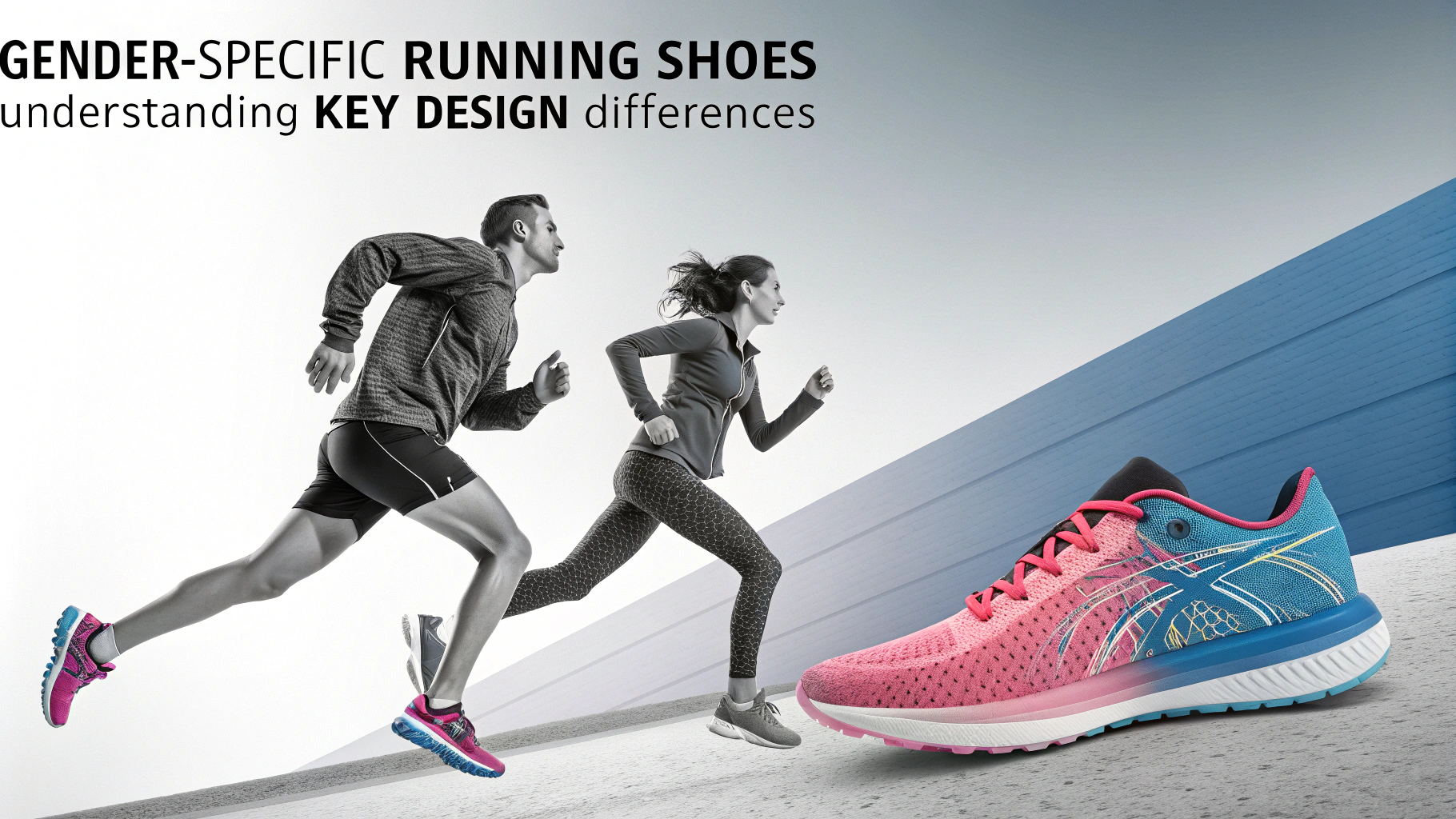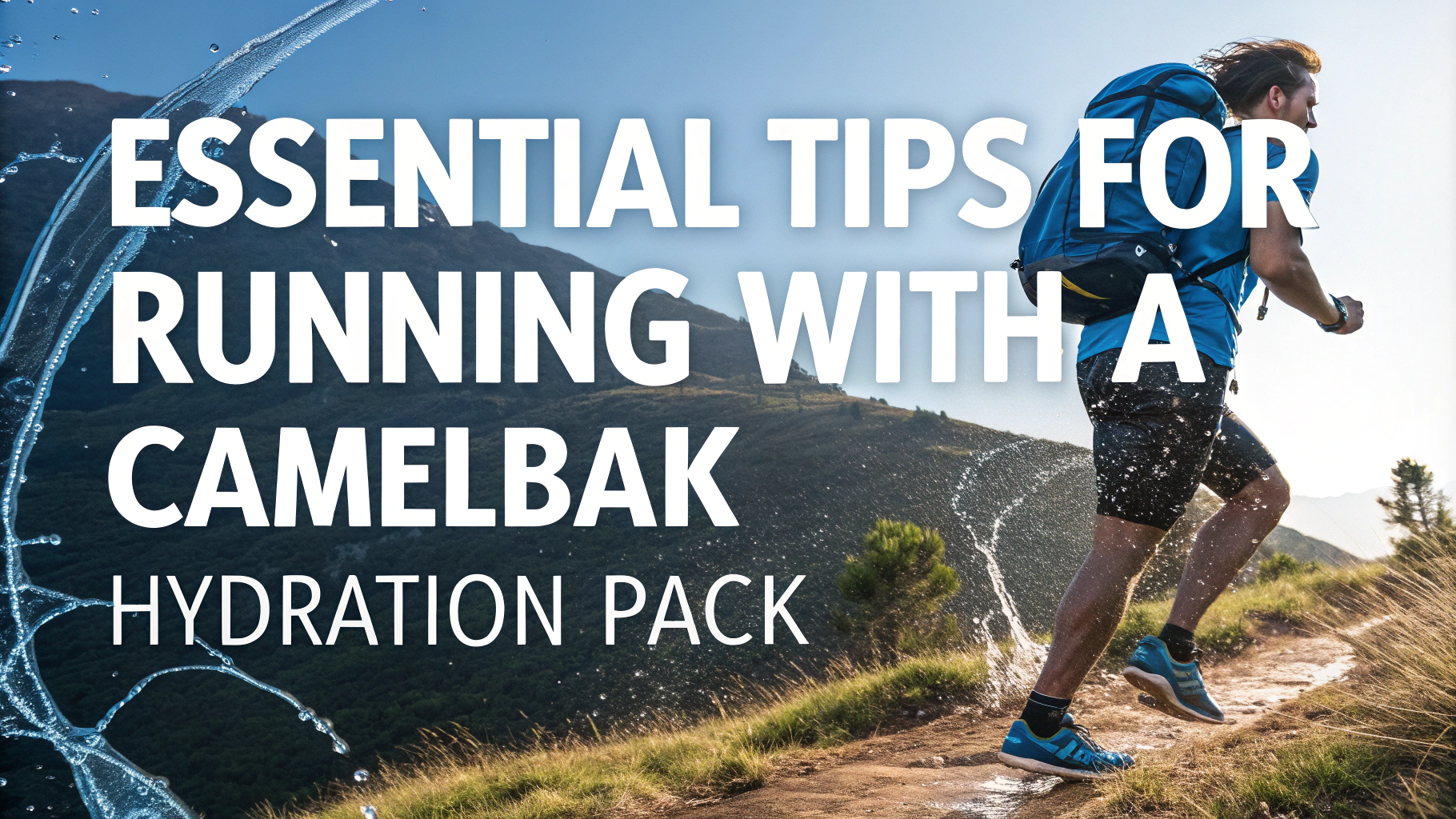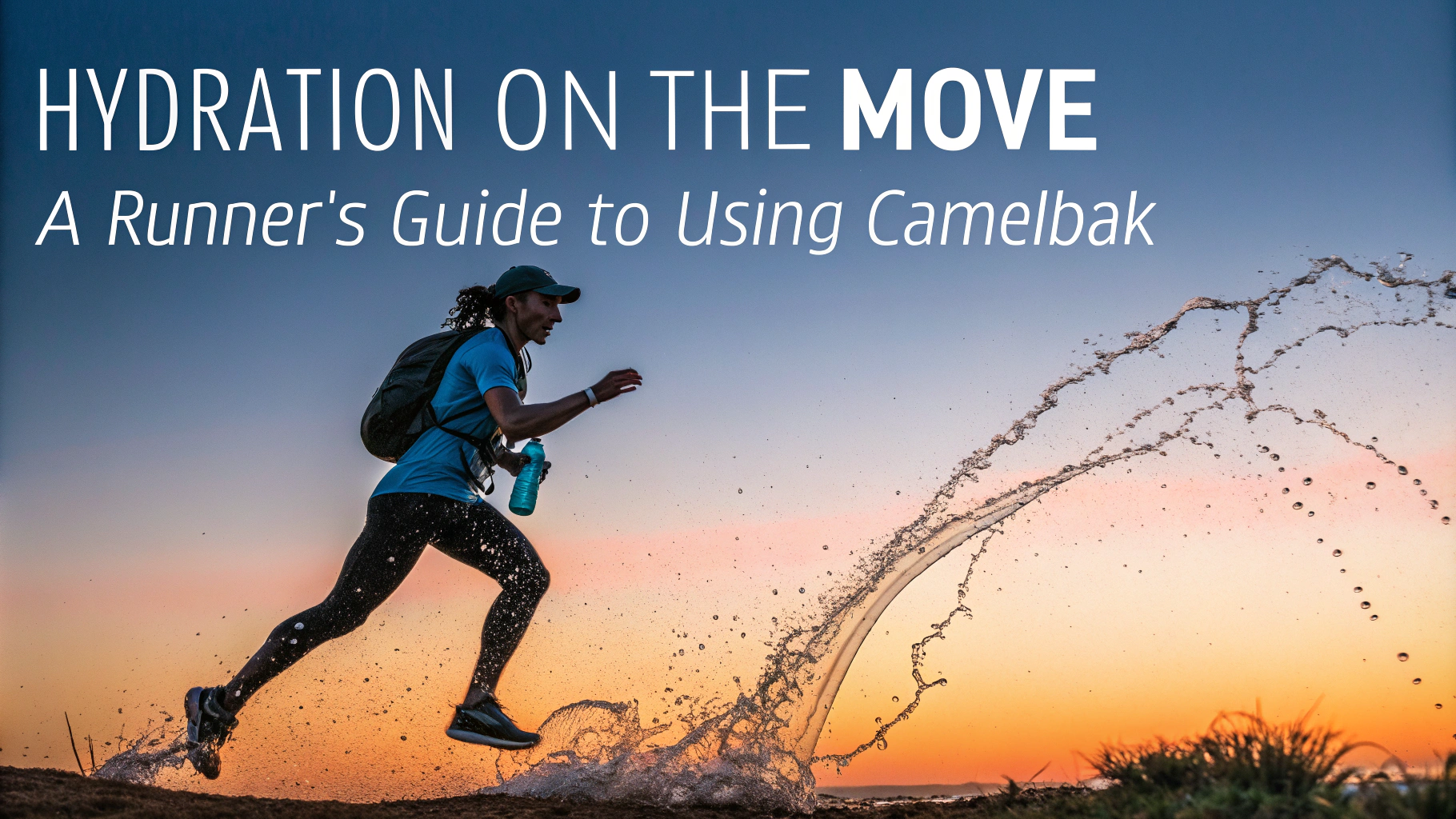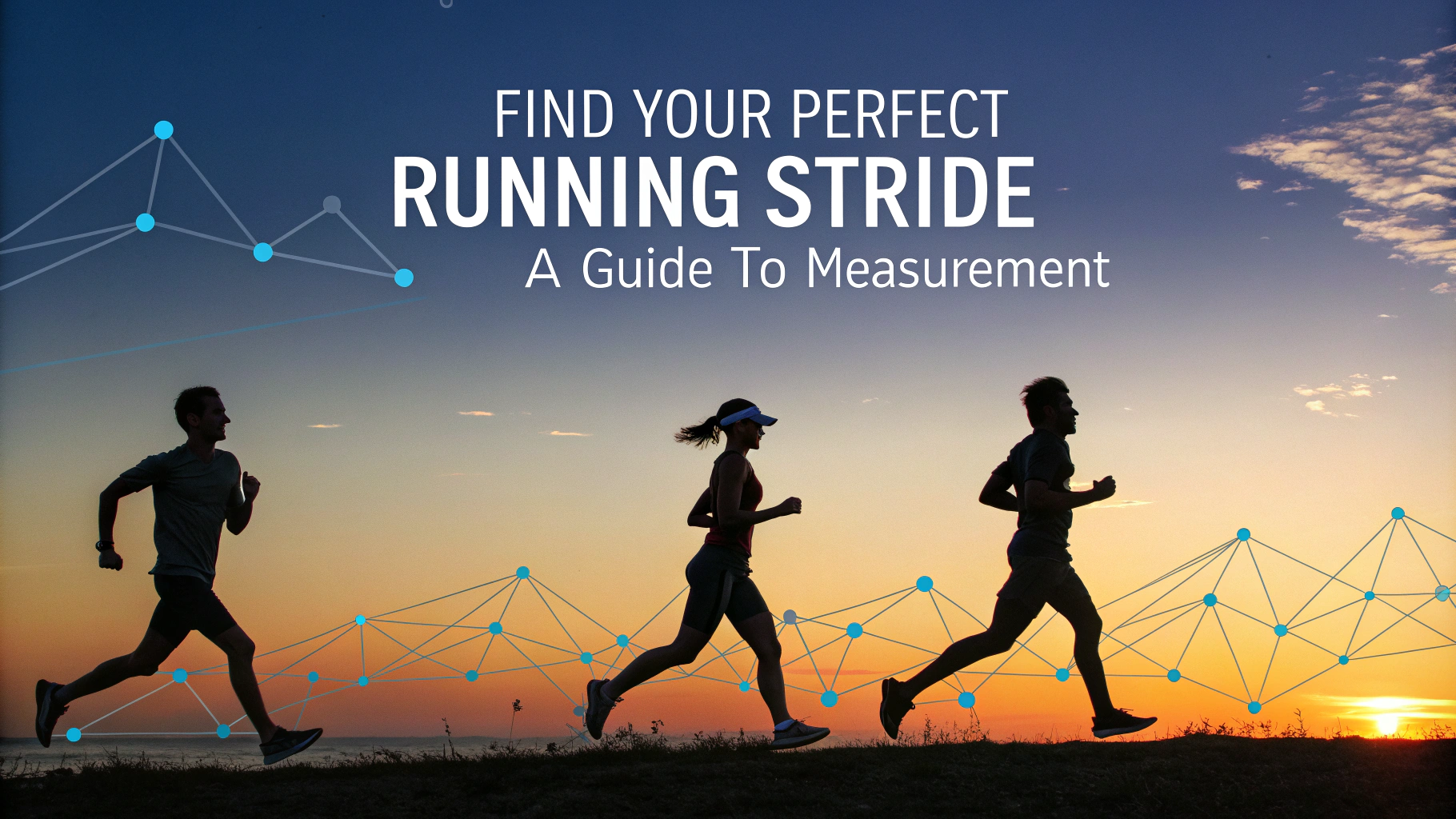Your running stride significantly impacts your speed, efficiency, and injury prevention when running.
An effective stride starts with proper foot landing – ideally striking the ground with your midfoot rather than your heel or toes.
Key Elements of an Efficient Stride
- Foot landing under your center of gravity
- Slight forward lean from the ankles
- Relaxed shoulders and arms
- Quick cadence (ideally 170-180 steps per minute)
Keep your arms bent at approximately 90 degrees, swinging them naturally forward and back – not across your body.
Common Stride Mistakes to Avoid
- Overstriding (landing with foot too far ahead)
- Bouncing too high vertically
- Looking down at your feet
- Tense upper body
Practical Tips to Improve Your Stride
- Practice running drills like high knees and butt kicks for 5-10 minutes before your run
- Film yourself running to analyze your form
- Count your steps for 30 seconds and multiply by 2 to check your cadence
- Focus on landing quietly to reduce impact
Stride Length Adjustments
| Running Goal | Recommended Adjustment |
|---|---|
| Speed Work | Slightly longer stride, increased arm swing |
| Distance Running | Shorter, more efficient stride |
| Hill Running | Shortened stride, increased knee lift |
Consider working with a running coach for personalized stride analysis and improvement suggestions.
Quick Form Check Points
- Head position: eyes focused 10-20 feet ahead
- Shoulders: relaxed and level
- Arms: swing naturally, hands loose
- Core: engaged but not tense
- Feet: landing under hips, not ahead
For additional guidance or professional analysis, contact local running specialty stores or certified running coaches in your area.
Recommended Resources
- Road Runners Club of America (RRCA) – www.rrca.org
- USA Track & Field (USATF) – www.usatf.org
Training Your Stride
Developing proper running form takes time and consistent practice. Incorporate these training elements into your routine:
- Start with short distances focusing purely on form
- Gradually increase distance while maintaining technique
- Include strength training for core and leg muscles
- Practice on different surfaces to improve adaptability
Advanced Stride Optimization
Once you’ve mastered basic form, fine-tune your stride with these advanced concepts:
- Optimize ground contact time
- Develop hip extension power
- Work on running economy
- Practice rhythm variation
Environmental Adaptations
| Surface Type | Stride Adaptation |
|---|---|
| Trail | Shorter steps, increased knee lift |
| Track | Consistent stride length, balanced form |
| Road | Medium stride, focus on shock absorption |
Conclusion
Developing an efficient running stride is a continuous process that requires patience and attention to detail. Focus on making gradual improvements while listening to your body’s feedback. Regular practice and proper form will lead to better running economy, reduced injury risk, and improved performance.
Key Takeaways
- Maintain consistent form practice
- Make gradual adjustments
- Listen to your body
- Seek professional guidance when needed
FAQs
- What is the ideal stride length for running?
There is no universal ideal stride length as it depends on your height, leg length, and running speed. Generally, your feet should land underneath your body, not far in front, with a stride that feels natural and relaxed. - How can I improve my stride length?
Focus on hip extension, knee drive, and ankle mobility through specific exercises. Additionally, incorporate hill training and strides (controlled accelerations) into your training routine while maintaining proper form. - What’s the relationship between cadence and stride length?
Cadence (steps per minute) and stride length are inversely related. As cadence increases, stride length typically decreases. Most efficient runners maintain a cadence of 170-180 steps per minute. - Should my stride be different for sprinting versus distance running?
Yes. Sprinting typically involves a longer stride length with more powerful push-off, while distance running requires shorter, more efficient strides to conserve energy over longer periods. - How do I prevent overstriding?
Land with your feet underneath your body rather than in front, maintain a slight forward lean from the ankles, and focus on increasing your cadence rather than lengthening your stride. - What role does arm swing play in stride mechanics?
Arms should swing naturally front to back (not across your body) with elbows bent at approximately 90 degrees, helping to maintain balance and rhythm while complementing your stride. - How does running surface affect stride length?
Different surfaces require subtle stride adjustments. Harder surfaces typically lead to shorter strides for impact absorption, while softer surfaces might require slightly longer strides for stability. - What muscles are most important for maintaining proper stride?
The hip flexors, glutes, hamstrings, quadriceps, and calf muscles are crucial for proper stride mechanics. Core strength is also essential for maintaining good form. - How can I tell if my stride is efficient?
Efficient strides are characterized by minimal vertical oscillation, quiet foot strikes, relaxed upper body, and the ability to maintain form without excessive fatigue. - Should I change my natural stride pattern?
Only make changes if your current stride is causing pain or injury. Minor adjustments to improve efficiency are fine, but dramatic changes to your natural running form can lead to new problems.


